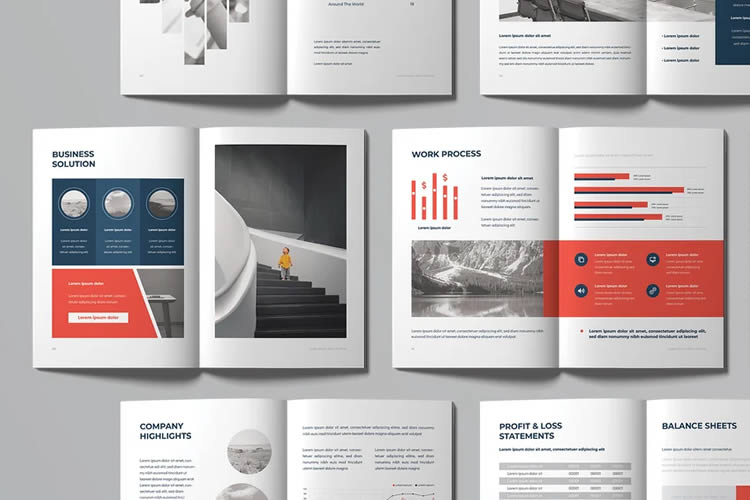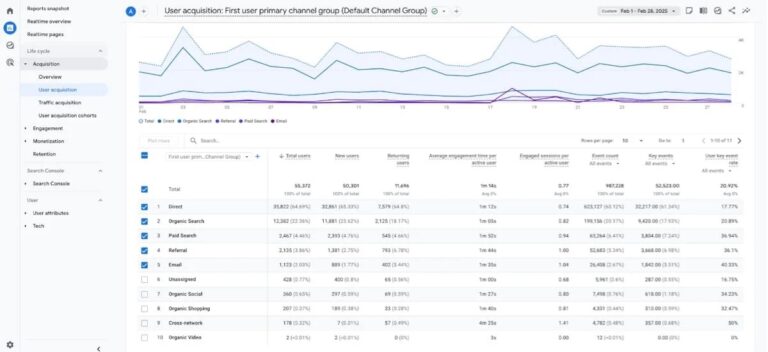Streamlining communication and workflow within the advertising industry, especially in a dynamic and collaborative environment like the envisioned Multi-dimensional Advertising Ecosystem Hub, is pivotal for enhancing efficiency, creativity, and ultimately, the success of advertising campaigns. This process involves adopting strategies and tools that facilitate clear, consistent, and effective exchanges between all stakeholders involved in an advertising project, from initial concept through to final production. Let’s explore the key elements and benefits of streamlining these aspects within such an ecosystem.
Integrating Advanced Communication Tools
The first step in streamlining communication is to integrate advanced communication tools that enable seamless interactions among creatives, producers, decision-makers, and clients. These tools should support various forms of communication, including instant messaging, video conferencing, file sharing, and real-time collaboration on documents and creative assets. By providing a unified platform for communication, stakeholders can easily share ideas, feedback, and updates, ensuring everyone is aligned and informed throughout the project lifecycle.
Adopting a Unified Project Management System
A unified project management system is crucial for streamlining workflow within the advertising ecosystem. This system should offer features such as task assignment, progress tracking, deadline reminders, and resource allocation, allowing teams to manage their projects efficiently. By having a clear overview of project timelines, milestones, and individual responsibilities, team members can better coordinate their efforts, anticipate potential bottlenecks, and adjust their work plans proactively to meet project goals.
Implementing Standardised Processes
Standardising processes across different stages of advertising projects helps in reducing ambiguity and increasing productivity. This includes establishing clear guidelines for brief creation, concept development, review cycles, and final approvals. By having a set of standard operating procedures, teams can navigate the project lifecycle more smoothly, reducing the time spent on revisions and ensuring that projects progress as planned.
Fostering a Culture of Open Communication
While tools and systems are vital, the importance of fostering a culture of open communication cannot be overstated. Encouraging team members to share their ideas, concerns, and feedback openly can lead to more creative solutions and proactive problem-solving. Regular team meetings, brainstorming sessions, and one-on-one check-ins can help maintain a sense of connection and collaboration, even in a digitally connected environment.
Leveraging Automation and AI
Automation and artificial intelligence (AI) technologies can play a significant role in streamlining communication and workflow. From automating routine tasks such as scheduling and reporting to employing AI-driven analytics for campaign optimization, these technologies can free up valuable time for creative and strategic tasks. Additionally, AI can assist in content creation, from generating initial copy drafts to suggesting design elements, speeding up the production process and allowing for more experimentation and iteration.
Benefits of Streamlined Communication and Workflow
By streamlining communication and workflow, the Advertising Ecosystem Hub can achieve several key benefits:
- Increased Efficiency: Reduced time wastage and more focused efforts on creative and strategic activities.
- Enhanced Collaboration: Improved synergy among team members, leading to innovative ideas and solutions.
- Higher Quality Outputs: More cohesive and aligned campaigns that meet or exceed client expectations.
- Faster Time-to-Market: Quicker turnaround times for campaign launches, providing a competitive edge.
- Greater Client Satisfaction: Transparent and responsive communication leads to stronger client relationships and trust.
In conclusion, streamlining communication and workflow is essential for the success of any advertising project, especially in a collaborative and multidimensional ecosystem. By leveraging advanced tools, adopting standardized processes, fostering open communication, and embracing automation and AI, the Advertising Ecosystem Hub can optimize its operations, unleashing the full potential of its creative and production capabilities. This not only enhances the quality and impact of advertising campaigns but also contributes to a more vibrant, innovative, and efficient advertising industry.



